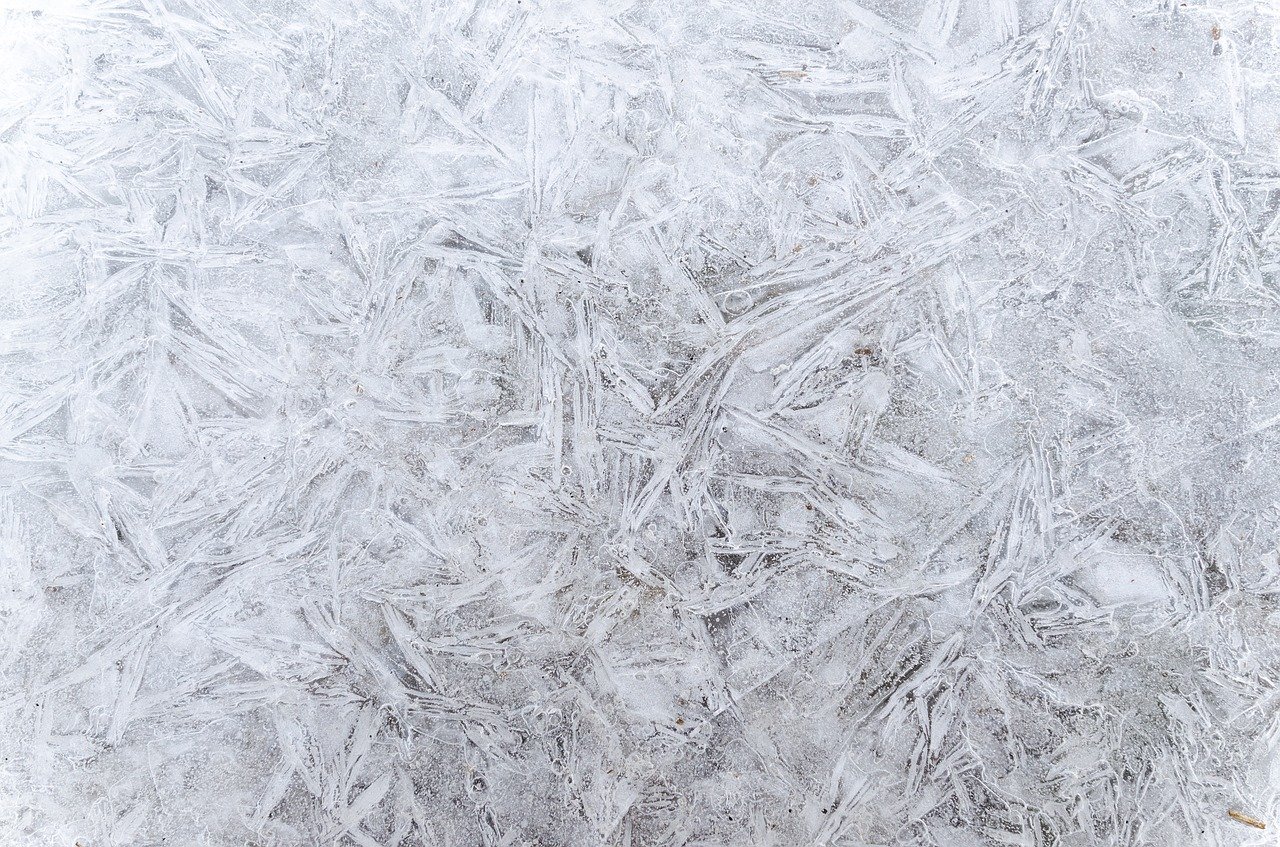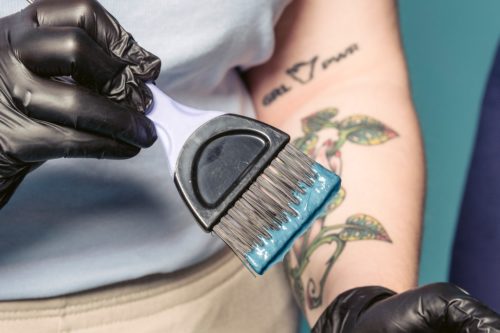What Are Chilblains On Your Hands and How to Prevent Them

I n winter, the cold can cause chilblains on your hands. They are commonly known as frostnip too. Often located on the hands, feet, nose, and ears, they are generally minor but particularly painful. And they can be quite the hassle to manage. But how can you treat them? Well, you’re in luck because we’re here to help!
CONTENTS
- Definition
- Symptoms And Location
- Causes
- Treatment
- Preventing Frostnip
- Definition: What Is Frostnip?
Definition
Chilblains are common winter ailments. They particularly affect the elderly and women. They are characterized by redness, swelling, and burns to the hands and feet. They occur in winter, during cold and humid periods. "They are different from frostbite, which is the extreme stage of frostnip, with destruction of extremity tissues," explains Dr. Nina Roos, a recognized dermatologist. “These are necrosis that are still seen today in winter in homeless people, for example, or in mountaineers in extreme conditions."
Symptoms and Location
Frostnip occurs mainly in the hands and feet, but also sometimes in the ears and nose, in other words, the least protected parts of the body. They are characterized by:
- Skin with a red or purplish appearance
- A loss of sensitivity to touch
- A burning or numb feeling when circulation returns
- Intense pain
- Sometimes, the appearance of crevices
Causes
They are caused by poor peripheral circulation (frequent feeling of cold feet, Reynaud's syndrome, etc.), regular use of vasoconstrictor drugs such as betabloquants, deficiency of vitamin A and B3 deficiencies, or dehydration.
Treatments: How To Treat Them
First, it is a matter of gently warming the skin by surrounding it with a hot and damp cloth for about ten minutes. "In any case, avoid large temperature differences, as the skin is already traumatized," says Dr. Roos. Your pharmacist can then recommend fatty ointments that have healing vitamin A to be applied locally. "But if the frostnip is very extensive and painful, consult your doctor or dermatologist. He will prescribe sedatives or vasodilator drugs. Deep frostnip, when the skin has lost all sensation and turned white and requires hospitalization," says Dr. Roos.
Prevent Frostnip
Frostnip is sometimes slow to heal, so you might as well avoid it.
- Cover yourself well
- To protect yourself from the fatal cold and moisture, choose suitable gloves (a pair of wool superimposed on a silk pair in very cold weather) and opt for socks that maintain heat, in double thickness if necessary (cotton and wool).
- Avoid socks that are too tight that compress the feet and make them more vulnerable to the cold.
- Finally, equip yourself with shoes with thick rubber soles that isolate the foot well from the cold and moisture of the ground.
Massage With Heating Creams
Use creams that are formulated with pepper or capsaicin causing a sensation of warmth on the surface of the skin. Apply it with care, then massage. Keep your ankle placed on the knee of the opposite leg first and stretch each toe. Then take your foot in both hands, and press the area from the heel to the toes. As the skin is thicker on the arch of the plantar, do not hesitate to press hard. Then twist, as if you would if you were to wring out a cloth. This can help you a lot and make you feel better.
Hydrate Well
Drink regularly up to 1.5 to 2 L of drinks per day: water, herbal tea, hot chocolate, coffee, or tea. On the other hand, avoid alcohol consumption, which is an aggravating factor.
What To Eat?
Regularly consume foods rich in fatty acids to your menus such as fatty fish like salmon, mackerel, and sardines. They have the property of strengthening the skin's hydrolipidic film and improving its defenses and hydration. Increase your consumption of foods that are sources of healing vitamins A such as carrot, sweet potato, pumpkin, cabbage, butter, or egg, and vitamin B3 like red meat, fish, and vegetables.
Winter is not an easy month for our bodies. It can affect the skin of our face, fingers, and feet, which are usually not covered by clothes. That is why we must take extra care during this time of year so that we’re protected. Now that you know what chilblains are and how to prevent them, you can take the precautions needed and you’re all set!








